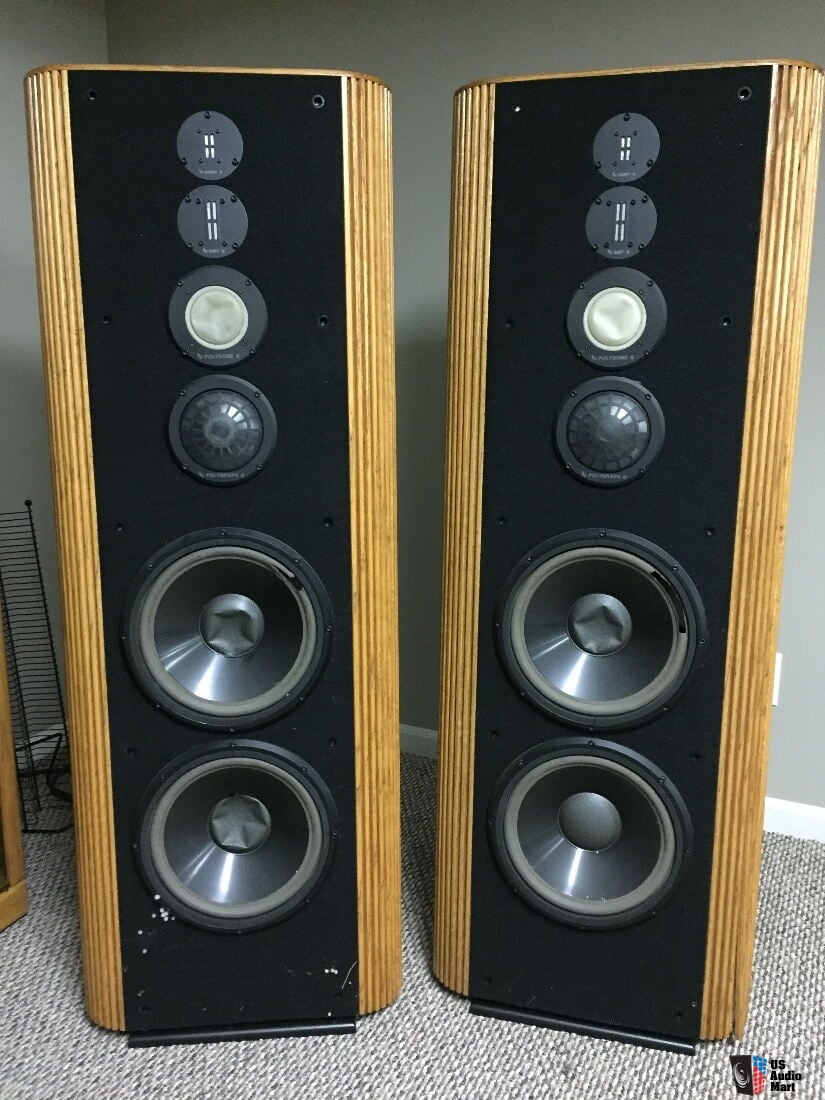TheWalkman
Senior Member
- Joined
- Jan 9, 2020
- Messages
- 385
- Likes
- 1,012
Virtually all speaker drivers are more or less concave (ok, Magnapans, Ohm F’s, tweeter arrays, excluded.)
I was just reading the thread on CBTs and line array design/ theory and how they work.

 www.audiosciencereview.com
www.audiosciencereview.com
and Don Keele’s video series:
Based on this information, like the large CBT array, wouldn‘t a convex speaker cone act as a miniature CBT and, similarly, radiate a much broader waveform across the working frequency band than a concave speaker cone?
Take this to the next level: wouldn‘t placing convex drivers in a line array reinforce the sound radiation pattern further (creating, in effect, ”recursive“ sound beams - (sort of an audio Mandelbrot function?)) with an even broader and more evenly dispersed sound?
What am I missing and more importantly, why don’t we see (hear) convex speakers on the market?
I was just reading the thread on CBTs and line array design/ theory and how they work.

Constant Beamwidth Transducer (CBT) Speakers
Not sure how many members have CBT speakers, but I know a few have shown interest. Since there have been scattered ongoing discussions, am creating this thread to give it a home. If you are wondering what CBTs are, they are the work of former JBL and Audio Artistry engineer Don Keele. Edit...
 www.audiosciencereview.com
www.audiosciencereview.com
and Don Keele’s video series:
Based on this information, like the large CBT array, wouldn‘t a convex speaker cone act as a miniature CBT and, similarly, radiate a much broader waveform across the working frequency band than a concave speaker cone?
Take this to the next level: wouldn‘t placing convex drivers in a line array reinforce the sound radiation pattern further (creating, in effect, ”recursive“ sound beams - (sort of an audio Mandelbrot function?)) with an even broader and more evenly dispersed sound?
What am I missing and more importantly, why don’t we see (hear) convex speakers on the market?



